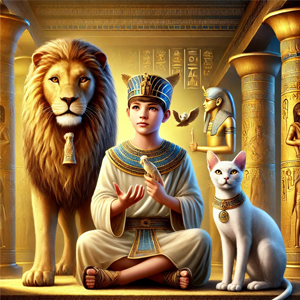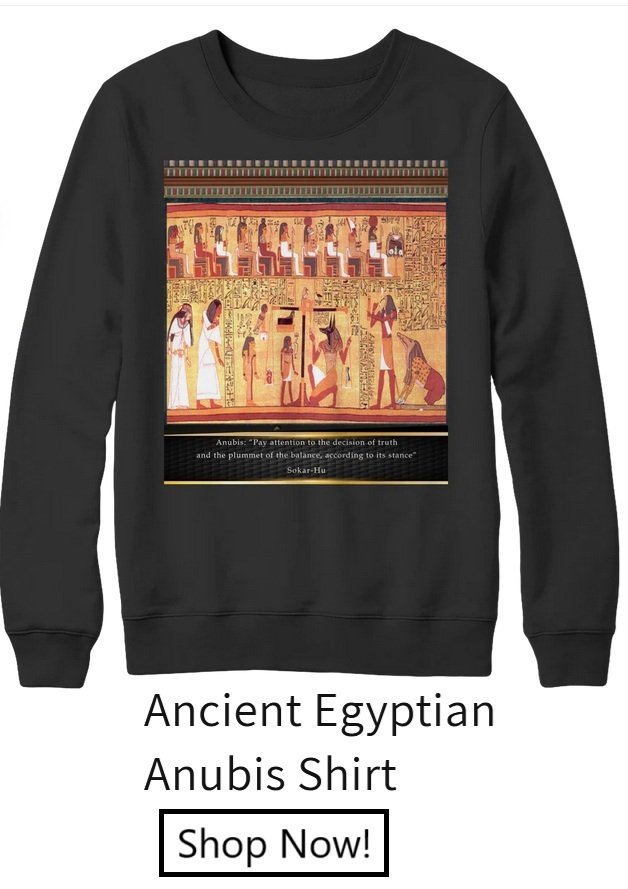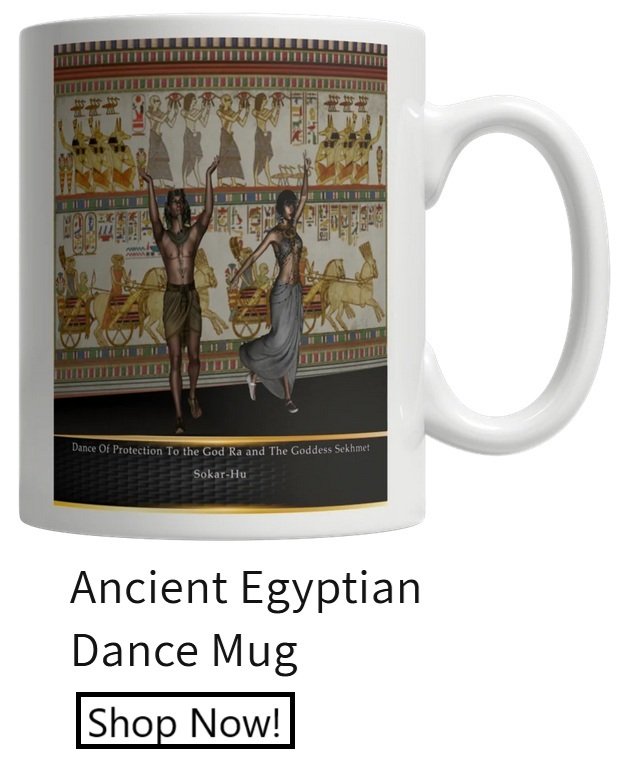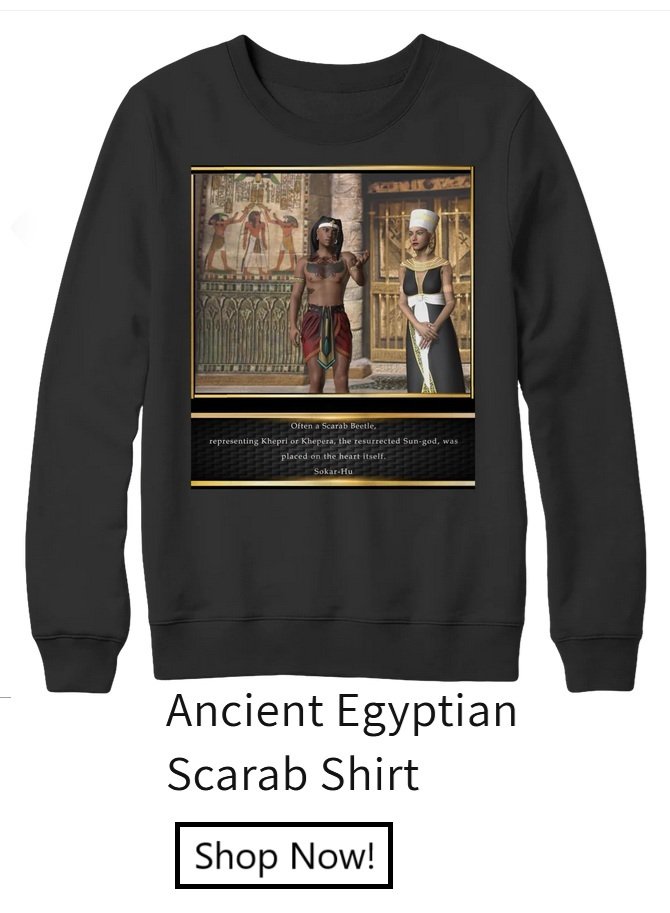 The golden age of ancient Egypt was one of beauty and mystique, with towering statues, vast temples, and a deep reverence for the gods. In this world, the young pharaoh Tutankhamun reigned, restoring the gods to their former glory. One goddess, in particular, held a powerful place in the hearts of the Egyptians: Sekhmet, the lioness-headed goddess of war, healing, and protection. Her spirit was fierce, her loyalty boundless, and her presence could be felt in every temple, statue, and animal that carried her essence.
The golden age of ancient Egypt was one of beauty and mystique, with towering statues, vast temples, and a deep reverence for the gods. In this world, the young pharaoh Tutankhamun reigned, restoring the gods to their former glory. One goddess, in particular, held a powerful place in the hearts of the Egyptians: Sekhmet, the lioness-headed goddess of war, healing, and protection. Her spirit was fierce, her loyalty boundless, and her presence could be felt in every temple, statue, and animal that carried her essence.
This is the story of how Sekhmet’s divine companions—lions, cats, and more—became symbols of power and protection in the age of Tutankhamun.
The Goddess and Her Lions
At the heart of Thebes, in a temple dedicated to Sekhmet, a young boy named Amu dreamed of becoming a priest. He had grown up in awe of Sekhmet, hearing stories of her battles, her healing powers, and her loyal lions that roamed the desert sands by her side. To Amu, these lions were more than animals; they were sacred symbols of the goddess’s strength, feared and respected by all.
One day, as he carried offerings to Sekhmet’s statue, Amu was stopped by the temple’s high priest, a wise elder named Padi. The priest took Amu to a secluded courtyard where, to his amazement, he saw a majestic lion reclining under a tree, its golden eyes calm and watchful. The lion wore a small collar adorned with symbols of the goddess.
“This lion,” Padi explained, “is a symbol of Sekhmet’s power. In times past, the pharaohs would keep lions as reminders of the goddess’s might. They are her guardians, blessed with her fierce spirit to protect the kingdom.”
Amu could hardly contain his excitement. He had heard tales of lions being kept in palaces, treated as members of the royal family, but he had never seen one up close. “Does the pharaoh also keep lions?” he asked.
Padi nodded. “Young Tutankhamun himself has been seen in the presence of lions. He believes, as his ancestors did, that by honoring Sekhmet’s sacred animals, he is bringing her strength to his rule.”
Tutankhamun’s Palace Companions
Back in the grand halls of Tutankhamun’s palace, the lions were not merely pets but symbols of divine guardianship. They served as a reminder that Sekhmet herself was watching over the kingdom. Young Tutankhamun, though just a boy, understood the power of these symbols. He had a lion cub, a gift from a distant ally, and it roamed the palace halls, occasionally walking beside him during official processions.
This lion cub, named Nefer, was adored by the palace servants and guards alike. Nefer’s presence was both a symbol of strength and a message to allies and enemies that Tutankhamun’s rule was protected by Sekhmet herself. The pharaoh believed that as long as Nefer was by his side, Sekhmet’s favor would guide and guard him.
One evening, as the young king walked through the palace gardens with Nefer trotting by his side, he met with his most trusted advisor, Ay. Nefer stopped and growled softly, his eyes fixed on a shadow in the distance.
“Your lion senses what we cannot see, my king,” Ay observed. “It is Sekhmet’s gift to you—protection from the unseen forces that might harm you.”
Tutankhamun placed his hand on Nefer’s head, feeling the warmth of the lion’s fur. “As long as Sekhmet’s spirit watches over me, I will rule without fear,” he replied.
The Temple Cats of Sekhmet
While lions symbolized the might of Sekhmet in the palace, it was the smaller, humble cats that represented her spirit within the temples and homes of the people. Cats were cherished throughout Egypt, seen as protectors against vermin and even supernatural forces. Within Sekhmet’s temples, cats roamed freely, revered as small embodiments of the goddess’s grace.
In the temple of Memphis, where Amu was learning to serve, a sleek, elegant cat named Hapi had taken up residence. The priests considered Hapi to be blessed, and she was often seen lounging near Sekhmet’s statue or winding between the legs of those seeking the goddess’s favor.
One day, an elderly woman named Merit came to the temple, troubled by an illness that none could cure. She approached Sekhmet’s statue and knelt, offering prayers for healing. As she prayed, Hapi leapt onto her lap, purring gently. The priests believed it was a sign that Sekhmet had heard her pleas.
Over the following days, Merit’s health improved, and she credited her recovery to Hapi’s blessing. To thank the goddess, she left offerings for Hapi, treating her as a priestess of Sekhmet in feline form. Word spread, and soon people came to the temple not only to pray to Sekhmet but to seek blessings from Hapi, the cat they believed carried the goddess’s protective spirit.
The Pharaoh’s Feline Protectors
In the palace, cats were held in the same regard. Tutankhamun’s queen, Ankhesenamun, was particularly fond of a graceful cat named Tia, a gift from her own family. Tia was adorned with a small gold collar bearing Sekhmet’s symbol, and she often followed Ankhesenamun as she moved through the palace chambers.
One evening, while the palace was quiet, Tia’s keen senses alerted her to a hidden danger. The cat darted into Tutankhamun’s quarters, her eyes fixed on a snake that had somehow slithered past the guards. She hissed and leapt at the snake, preventing it from reaching the young king.
When the servants found Tutankhamun unharmed, with Tia proudly sitting beside the vanquished snake, they believed it was another sign of Sekhmet’s protection. From that day, Tia was treated as a royal guardian, given a special place within the palace and regarded as one of Sekhmet’s emissaries.
The Legacy of Sekhmet’s Companions
As Tutankhamun’s reign continued, his devotion to Sekhmet and her animal guardians became well-known throughout Egypt. The young king’s lions and cats were symbols of the goddess’s presence, and the people followed his example, revering their own animals as protectors blessed by Sekhmet.
In villages across the Nile, families kept cats to guard their homes, believing that Sekhmet’s spirit dwelled within them. Farmers, merchants, and craftsmen alike would leave small offerings for their cats, thanking them for watching over their households. And in the temples, the priests continued to honor Sekhmet’s lions and cats, treating them as sacred beings whose presence brought health, strength, and protection.
Conclusion
In the age of Tutankhamun, Sekhmet’s sacred animals—lions and cats alike—were more than companions; they were symbols of divine guardianship, bridging the mortal and divine realms. Through these creatures, the Egyptians found both comfort and strength, believing that as long as Sekhmet’s animals walked among them, they were under her watchful eye.
As the years passed, the legend of Sekhmet’s animal guardians endured, a legacy of protection and reverence that carried on long after Tutankhamun’s reign. Whether in palaces or humble homes, the spirit of Sekhmet lived on through the lions and cats of Egypt, a reminder that the goddess’s strength and compassion were always close at hand.




 The golden age of ancient Egypt was one of beauty and mystique, with towering statues, vast temples, and a deep reverence for the gods. In this world, the young pharaoh Tutankhamun reigned, restoring the gods to their former glory. One goddess, in particular, held a powerful place in the hearts of the Egyptians: Sekhmet, the lioness-headed goddess of war, healing, and protection. Her spirit was fierce, her loyalty boundless, and her presence could be felt in every temple, statue, and animal that carried her essence.
The golden age of ancient Egypt was one of beauty and mystique, with towering statues, vast temples, and a deep reverence for the gods. In this world, the young pharaoh Tutankhamun reigned, restoring the gods to their former glory. One goddess, in particular, held a powerful place in the hearts of the Egyptians: Sekhmet, the lioness-headed goddess of war, healing, and protection. Her spirit was fierce, her loyalty boundless, and her presence could be felt in every temple, statue, and animal that carried her essence.